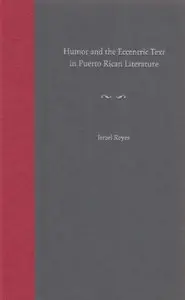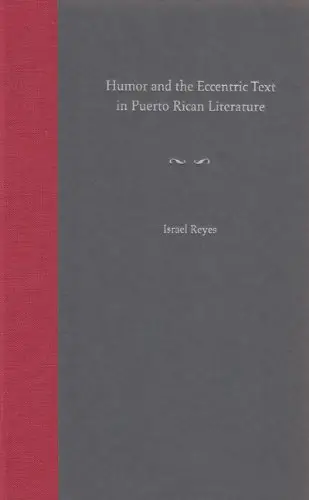Humor and the Eccentric Text in Puerto Rican Literature (New Directions in Puerto Rican Studies) by Israel Reyes
English | Apr. 26, 2005 | ISBN: 0813028205 | 208 Pages | PDF | 647.7 KB
English | Apr. 26, 2005 | ISBN: 0813028205 | 208 Pages | PDF | 647.7 KB
Puerto Rican writers from the island and mainland have long used a variety of comic genres and forms to affirm an autonomous national identity and resist cultural hegemony and assimilation. The use of self-reflexive humor has allowed these writers to produce “eccentric texts” that reflect not only on their own textuality but also on their role as an intervention in the literary discourse on national identity. Reyes analyzes the works of Nemesio Canales, Luis Rafael Sánchez, Ana Lydia Vega, and Pedro Pietri to argue that their works resituate the parameters of national identity by blurring the lines between the subject and object of humor, the inside and outside of the text, and the here and there of the diasporic Puerto Rican nation. Framing his discussion in the context of Latin American, Latino, and Caribbean traditions, Reyes argues that humor and the eccentric text reimagine Puerto Rican national identity from the perspective of incongruity. He demonstrates how, through self-reflexive humor, these writers expose the many incongruities in Puerto Rican national identity yet also explore the relationship between author and reader. While demonstrating the genre’s own instabilities, Reyes argues, humor in Puerto Rican literature negotiates incongruity and allows for a national identity to emerge from multiple centers of articulation.



